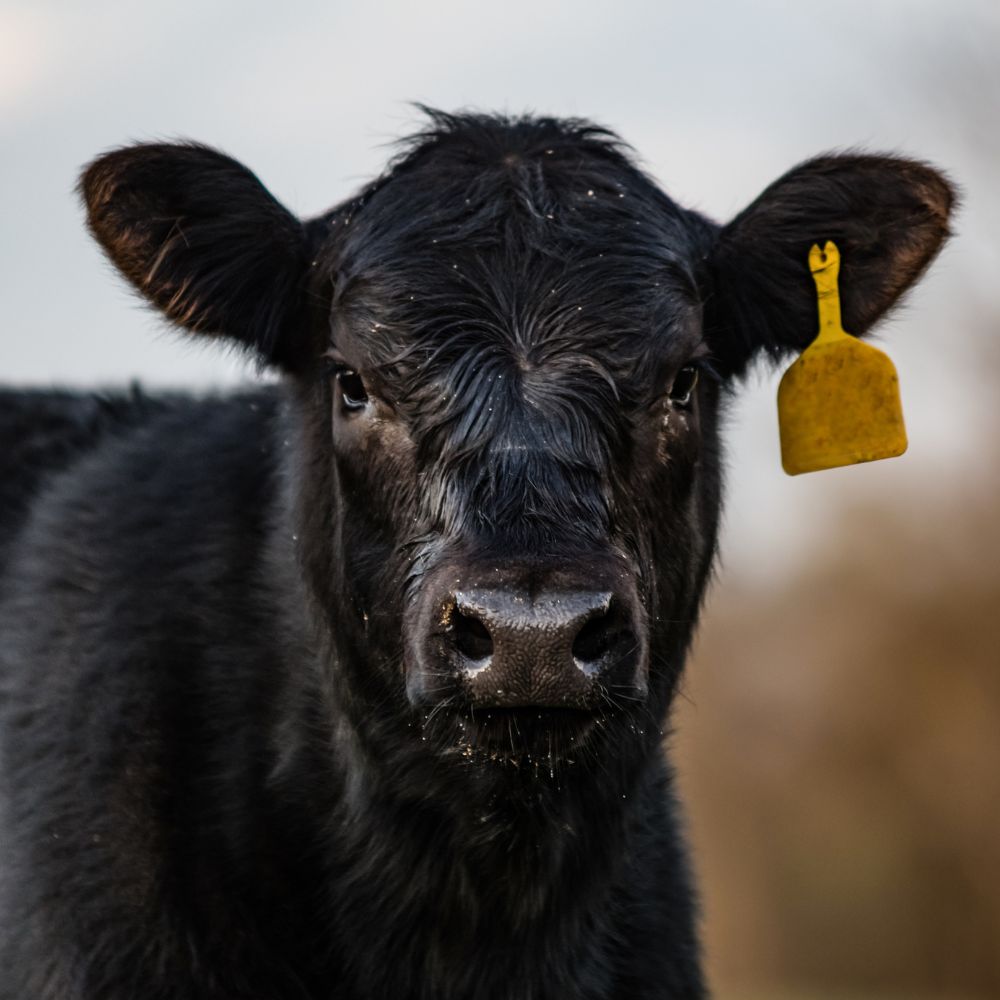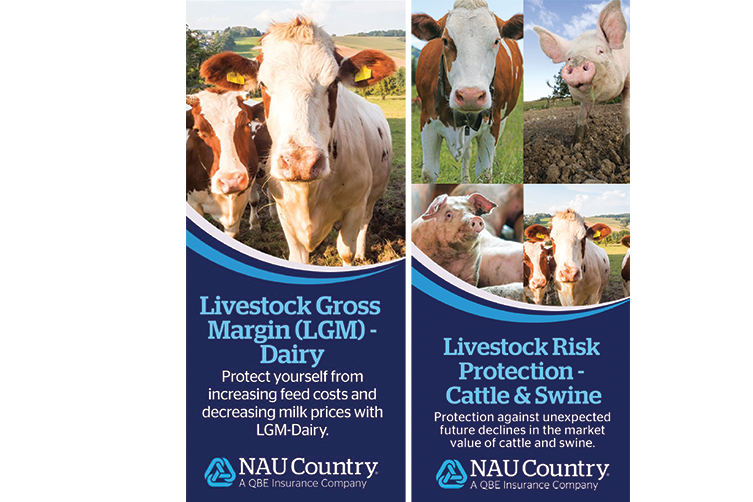Trick Variables to Consider When Picking Animals Threat Security (LRP) Insurance
When reviewing choices for Livestock Threat Defense (LRP) insurance, numerous key variables require mindful factor to consider to make sure efficient risk administration in the farming market. Selecting the right protection choices customized to your particular animals operation is vital, as is comprehending how exceptional prices correlate with the degree of security offered.
Protection Options
When thinking about Livestock Danger Protection (LRP) insurance coverage, it is necessary to recognize the different protection choices readily available to reduce threats in the agricultural sector. Animals Threat Protection (LRP) insurance provides different protection options customized to satisfy the varied needs of animals producers. Bagley Risk Management. One of the primary protection choices is rate insurance coverage, which protects against a decline in market costs. Producers can pick the coverage degree that aligns with their price risk management objectives, permitting them to safeguard their operations against possible financial losses.
An additional important protection alternative is the endorsement duration, which figures out the length of time the insurance coverage holds. Manufacturers can choose the recommendation period that ideal suits their production cycle and market problems. Additionally, coverage degrees and rates differ based upon the kind of animals being guaranteed, giving manufacturers the versatility to personalize their insurance coverage intends according to their certain requirements.
Recognizing the various insurance coverage options offered under Animals Threat Protection (LRP) insurance policy is vital for producers to make educated choices that properly shield their livestock operations from market uncertainties.
Costs Costs

Animals Danger Security (LRP) insurance policy supplies important coverage alternatives tailored to minimize risks in the farming sector, with a substantial element to think about being the calculation and structure of premium expenses. When identifying premium costs for LRP insurance policy, numerous aspects come right into play. These include the kind and variety of livestock being insured, the coverage degree chosen, the current market value, historical cost information, and the length of the protection period. Insurance firms might likewise take into consideration the location of the farm, as geographical factors can affect the total danger account.
Insurance firms examine historic information on animals prices and manufacturing costs to determine an ideal costs that shows the level of threat involved. It is crucial for animals producers to thoroughly review premium expenses and coverage alternatives to ensure they are properly shielded against prospective financial losses due to damaging market problems or unpredicted events.
Eligible Livestock
The decision of qualified livestock for Animals Threat Security (LRP) insurance coverage involves mindful factor to consider of particular criteria and qualities. Livestock types that are normally eligible for LRP insurance policy include feeder livestock, fed livestock, swine, and lambs. These pets must fulfill certain certifications connected to weight ranges, age, and intended usage. Furthermore, the eligibility of animals may differ based upon the certain insurance provider and the terms of the policy.
Feeder livestock, for example, are typically qualified for LRP insurance coverage if they fall within defined weight varieties. Fed cattle might additionally be eligible, however they should satisfy certain weight and top quality grade demands. Swine eligible for insurance coverage generally include market weight pets intended for massacre. Lambs are one more group of livestock that can be thought about for LRP insurance, with aspects such as weight and age playing a critical function in establishing their qualification.
Prior to selecting LRP insurance for livestock, producers must carefully assess the qualification requirements outlined by the insurance service provider to guarantee their animals meet the necessary needs for insurance coverage.
Policy Flexibility
Plan versatility in Livestock Danger Protection (LRP) insurance coverage enables manufacturers to tailor coverage to suit their certain needs and risk administration strategies. This flexibility empowers livestock manufacturers to customize their insurance coverage policies try this web-site based on elements such as the kind of livestock they own, market conditions, and specific threat resistance levels. By providing customizable choices, LRP insurance coverage enables manufacturers to successfully manage their risk exposure while safeguarding their livestock procedures against unexpected market volatility.
Cases Process
Upon experiencing a loss or damage, producers can start the claims process for their Livestock Risk Protection (LRP) insurance policy by immediately calling their insurance provider. It is critical for manufacturers to report the loss asap to speed up the cases procedure. When connecting to the insurance coverage company, producers will require to give comprehensive info regarding the event, consisting of the date, nature of the loss, and any type of relevant paperwork such as vet records or market prices.

After the analysis is total, the insurance copyright will certainly choose pertaining to the insurance claim and communicate the outcome to the producer. If the insurance claim is approved, the manufacturer will receive settlement according to the terms of their Livestock Danger Defense (LRP) insurance coverage. Bagley Risk Management. It is crucial for manufacturers to be accustomed to the cases process to make sure a smooth experience in case of a loss

Verdict
In conclusion, when choosing Animals Threat Protection (LRP) insurance coverage, it is essential to consider coverage options, premium expenses, qualified livestock, plan flexibility, and the cases process. These crucial variables will help make sure that farmers and breeders are adequately protected versus possible risks and losses connected with their livestock operations. Making a notified decision based on these factors to consider can eventually bring about much better monetary safety and assurance for animals producers.
Livestock Danger Protection (LRP) insurance coverage offers different protection choices customized to satisfy the varied requirements of livestock manufacturers.The resolution of qualified animals for Animals Threat Security (LRP) insurance policy protection entails cautious consideration of particular criteria and features.Policy flexibility in Livestock Threat go to this website Defense (LRP) insurance policy allows manufacturers to customize coverage to match their details demands and run the risk of administration approaches.Upon experiencing a loss or damage, manufacturers can start the insurance claims procedure for their Livestock Threat Defense (LRP) insurance by quickly contacting their insurance coverage provider.In final thought, when choosing Animals Risk Defense (LRP) insurance policy, it is essential to think about insurance coverage options, premium expenses, qualified livestock, plan flexibility, and the cases procedure.